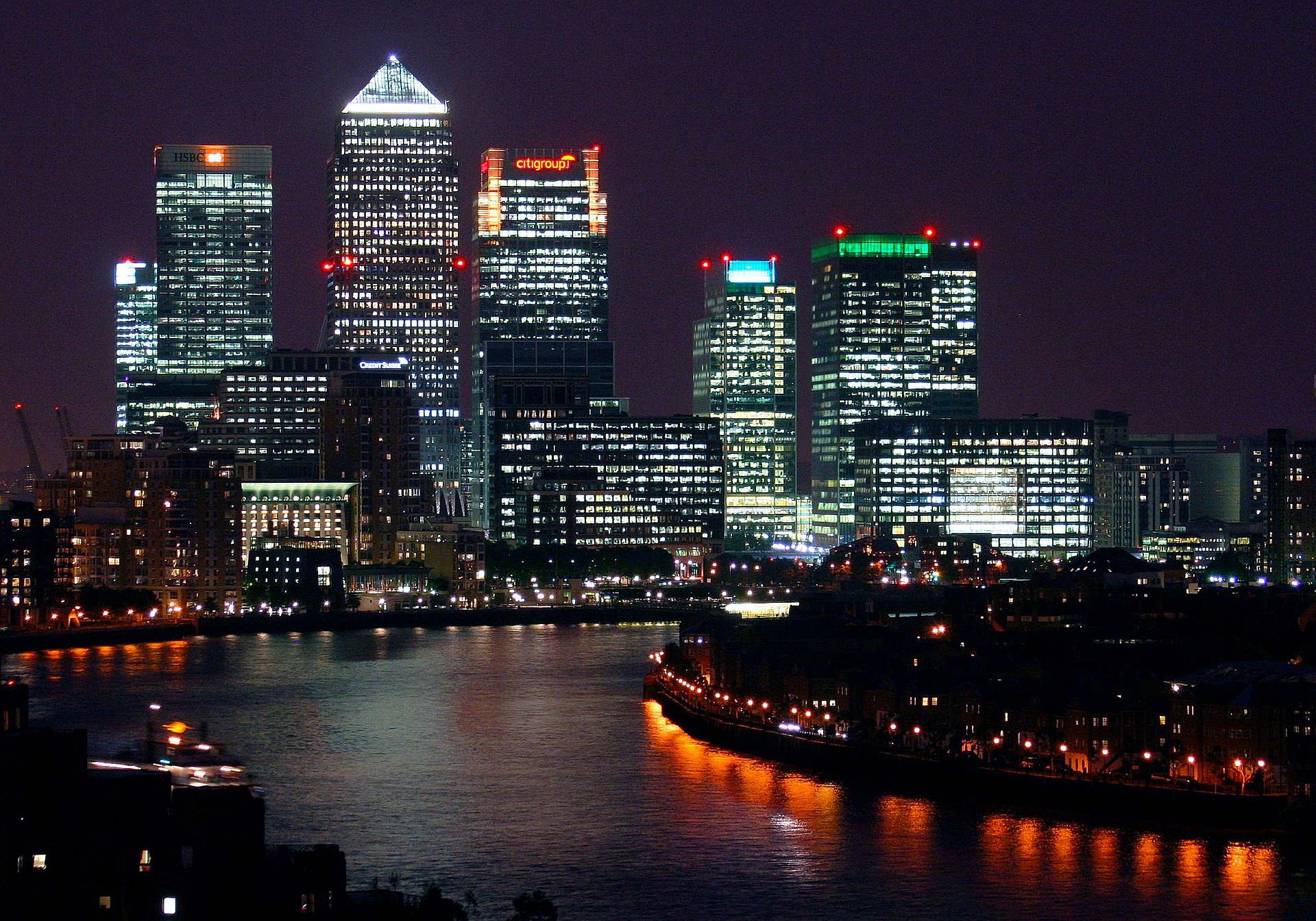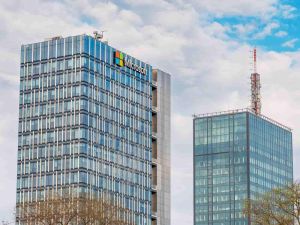2016 started with a bang; the fireworks faded and left us with the gloomiest start to the year in financial markets for decades. US stocks saw a 6% drop in the first 10 days of the year; this was the worst start to a calendar year ever. By February things were looking up, only for the UK to announce a referendum on the European Union.
Markets move, that’s how we make money. You put your capital at risk in order to have the opportunity to make more money, and you do this knowing that the value can go down as well as up. Understanding volatility and ensuring that you plan for it is a key aspect of smart investing.
Volatility in 2016
This year there have been three key triggers of volatility. The first came in January due to the growth outlook in China being revised down. The second came after the UK’s EU referendum result on 24 June. On a single day there were market movements not seen for over a decade, a week later markets had recovered. In the first few hours following the result sterling dropped by 10.9% against the dollar. The MSCI World (the global gauge for equity investments) lost 7.09% in the few days following the referendum, only to finish the week after the referendum down 3.8%.
After a relatively quiet summer the beginning of September was again volatile. This was triggered by the change in monetary policy from the Central Banks. Around the world we have seen bond buying programmes, record low interest rates, and in Japan they have also started to buy equity.
A calm summer for investors
Perhaps the biggest surprise to investors this year came in the shape of a period of low volatility after the initial shock of the UK’s referendum result had settled. Investors everywhere were ready for a period of prolonged volatility. Equity and bonds increased in value over this period, with MSCI World up 1.6% from 24 June to the end of August and Barclays Global Aggregate, a benchmark for bonds, up 0.8% which was unusual.
Perhaps what was most interesting was currency. The Central Bank impact on currency is a lot lower than other asset classes and so is one of the best measures of effective monetary and fiscal policy. We saw a lot of volatility in the currency markets over the summer. It is absolutely crucial that investors follow currency movements; currency is now arguably just as important as equity given the risk involved in the two asset classes is now similar.
The investment road ahead
Unfortunately, the volatility we have seen this year is likely to stay for the remainder of 2016 and well into 2017. In November we’ll have the US election; much has been written about the Trump vs. Clinton battle, but both parties have committed to fiscal stimulus so the short-term impact on markets is likely to be limited. The impact of this election result will be visible in the medium to long term, so it could be two years before we see the real impact.
On the other hand, the Italian referendum in December could trigger short-term instability. A change in government in Italy could put the European Union at risk so this will be very important for the financial markets. In 2017 we will also see elections in both France and Germany which could spark more volatility.
Managing volatility when investing
When investing amidst volatility it is vital that investors have a portfolio with a diverse mix of asset classes to enable them to weather different market conditions. At MoneyFarm our investment portfolios are built of government bonds, corporate bonds and equity, among other asset classes and we ensure there is exposure to different countries and currencies.
Investors also need to look at the volatility within their portfolios at any given time. This is to ensure that there is an appropriate level of risk. Investors need to be conscious of the potential outcomes from different events and ensure their portfolios will withstand the market response. The real risk for investors is the loss of real value from their capital and capital preservation should sit at the heart of any smart investment strategy.





